Not only are there accessibility laws for deaf people in the physical world, such as the right to request CART and interpreters and other reasonable accommodations, deaf people have the right to digital accessibility.
You would think digital accessibility would be easy for companies to accommodate, right?
True, but many don’t. Instead, they make excuses so they don’t have to change what they’re doing.
Here is a list of some excuses to get around digital accessibility:
Excuse #1: “People with disabilities don’t use the Internet.”
This broad brush-off is ridiculous. People with disabilities, especially deaf people, use the Internet every day. It is a valuable tool for them. The Internet has leveled the playing field for deaf people in many different ways.
It is essential for people who are deaf or hard of hearing to access the web independently. However, this don’t work if a website is not accessible, resulting in a frustrating user experience for those seeking information, products and services online.
For example, a website has video content that isn’t captioned or subtitled lacks digital accessibility for deaf people.
We would like to eliminate frustration from deaf users on the Internet and apply their content to our platform in American Sign Language.
Excuse #2: “People with disabilities make up a small consumer market.”
The World Health Organization noted that there are roughly 35 Deaf million people in the United States today, or about 10% of the total population.
If you had a business and found a way to increase your business income or expand your market reach by 10%, would you do it?
Complaining about it costing too much to make their digital products accessible to deaf people is short-sighted.
Excuse #3: “Accessibility will compromise my website design.”
This is a surprisingly common excuse. What companies or web designers don’t realize is that section 508 has guidelines for including accessibility upfront before a website is built. There is simply no excuse not to use these guidelines.
However, we do have plans to clone existing websites or create an inclusive site that can be as visually appealing as it can be, with accessibility included.
The main difference is that our websites will allow for duplication of existing content, but in ASL.
Excuse #4: “I’m not required to have an accessible website.”
In many cases, you are required to have an accessible website. There are laws, not only in the United States, but also all over the world pertaining to web accessibility requirements.
Some laws only require websites owned by the public sector to be accessible to people with disabilities. Other laws also require accessible design on websites within the private sector.
Check with the laws in your country to be sure about what is required of your website before beginning your design:
Excuse #5: “Building an accessible website is too expensive.”
Beyond Tone is developing a hub that makes it easy for companies and organizations to have ASL friendly website and links. With CMS products such as WordPress and SquareSpace, accessible web design should not be so expensive.
There are themes built for web accessibility available online, either for free or at a nominal cost. You have several options to choose from out of the following:
WordPress Themes built for Web Accessibility
Web Accessible Themes on ThemeForest
Accessibility-Ready Themes for WordPress from Hongkiat
Who says building an accessible website is too expensive when there are so many free or low-cost themes with accessibility already built in?
To sum up, these excuses are just that. Excuses.

